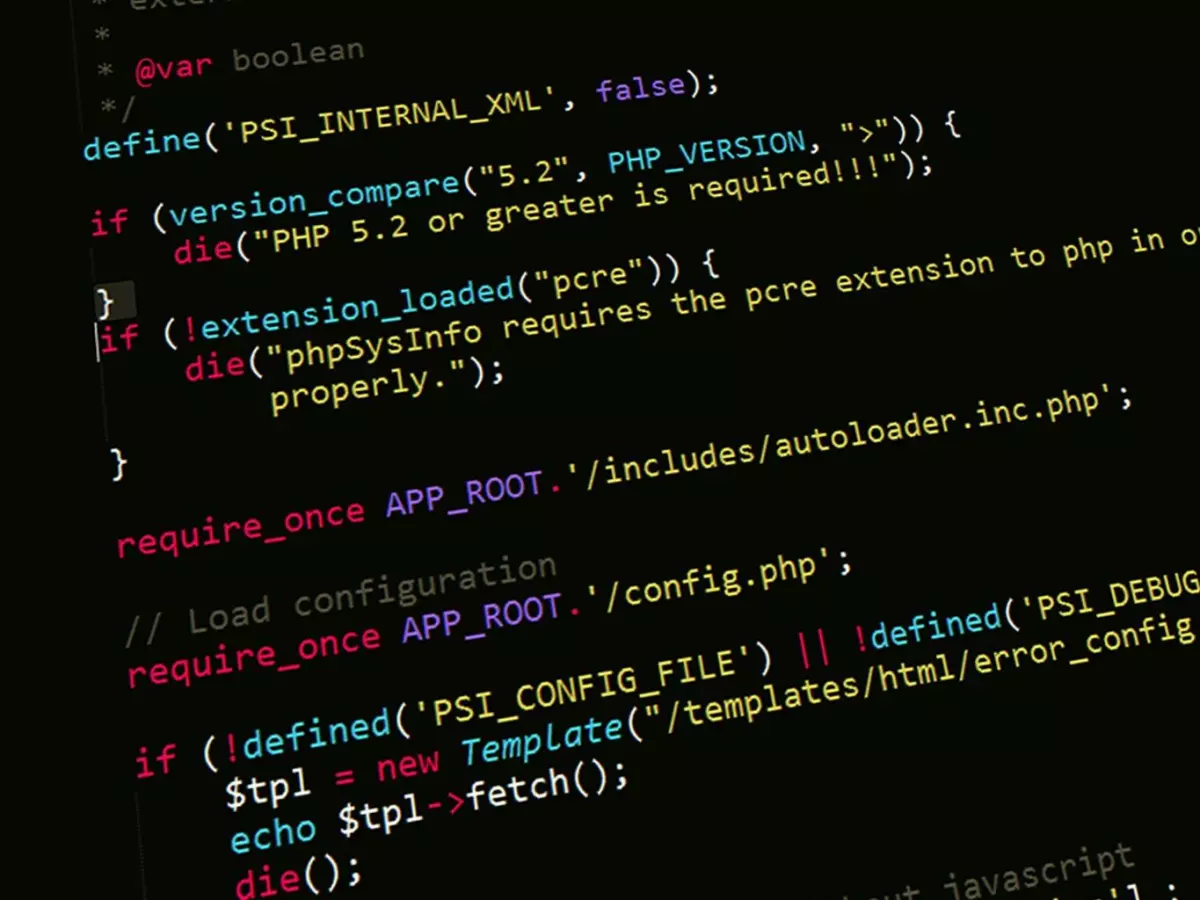Events in Control
Ever wonder how a concert and modern software architecture are alike? Both rely on events to keep everything running smoothly, and when they do, magic happens.

By Kevin Lee
In the world of software development, the traditional approach has been to build systems that follow a request-response model. It’s predictable, sure, but it’s also limiting. Think of it like a band playing only one song at a time, waiting for the audience to finish clapping before starting the next. Enter event-driven architecture (EDA), the rockstar of modern software design. Instead of waiting for a request, systems respond to events as they happen, making them faster, more flexible, and scalable.
So, what’s the problem with the old way? Well, in a world where users expect instant results, traditional architectures can feel sluggish. Imagine waiting for your favorite band to finish an entire set before they play your favorite song. That’s what happens when systems rely on synchronous communication. It works, but it’s not exactly efficient. In contrast, EDA allows systems to react to events in real-time, like a DJ taking requests on the fly. This makes it perfect for applications that need to handle a high volume of interactions, like e-commerce platforms, social media, or IoT systems.
How Event-Driven Architecture Works
At its core, event-driven architecture is all about decoupling. In a traditional system, components are tightly connected, meaning if one part fails or slows down, the whole system can grind to a halt. With EDA, components only communicate through events, which are like signals that something has happened. This means that each part of the system can operate independently, only reacting when it needs to.
Think of it like a concert where each musician plays their own instrument, but they’re all following the same beat. If the drummer misses a beat, the guitarist can keep going without missing a note. In software terms, this means that if one service goes down, the rest of the system can keep running smoothly. It’s a level of resilience that’s hard to achieve with traditional architectures.
Why Developers Love It
EDA isn’t just about making systems more responsive; it’s also a dream come true for developers. Why? Because it makes scaling a breeze. In a traditional system, adding more users or handling more data often means reworking the entire architecture. But with EDA, you can scale individual components independently. Need more processing power for one part of the system? No problem, just scale that part without touching the rest.
Plus, EDA is inherently flexible. Since components are decoupled, you can easily swap out or upgrade parts of the system without causing a domino effect. It’s like being able to change the lead singer of a band without having to replace the entire lineup. This flexibility is especially useful in today’s fast-paced tech world, where new features and updates need to be rolled out quickly.
Real-World Applications
So, where is EDA being used? Pretty much everywhere. One of the most common examples is in e-commerce. When you place an order online, several events are triggered: inventory is updated, payment is processed, and a confirmation email is sent. With EDA, each of these actions happens independently, ensuring that even if one part of the system slows down, the others can keep going.
Another big player in the EDA space is the Internet of Things (IoT). Think about a smart home system where lights, thermostats, and security cameras all need to communicate with each other. An event-driven architecture allows these devices to react to events in real-time, like turning on the lights when you walk into a room or sending an alert when the doorbell rings.
The Future of Event-Driven Architecture
As more companies move towards microservices and cloud-based systems, event-driven architecture is becoming the go-to solution for building scalable, resilient, and responsive applications. It’s not just a trend; it’s a fundamental shift in how we think about software design. And while it may not replace traditional architectures entirely, it’s clear that EDA is here to stay.
So, what’s next? Expect to see even more industries adopting event-driven architecture as they look for ways to improve user experience and handle the growing demands of modern applications. Whether you’re a developer, a business owner, or just a tech enthusiast, it’s worth keeping an eye on this evolving trend. After all, in the world of software, the only constant is change.





